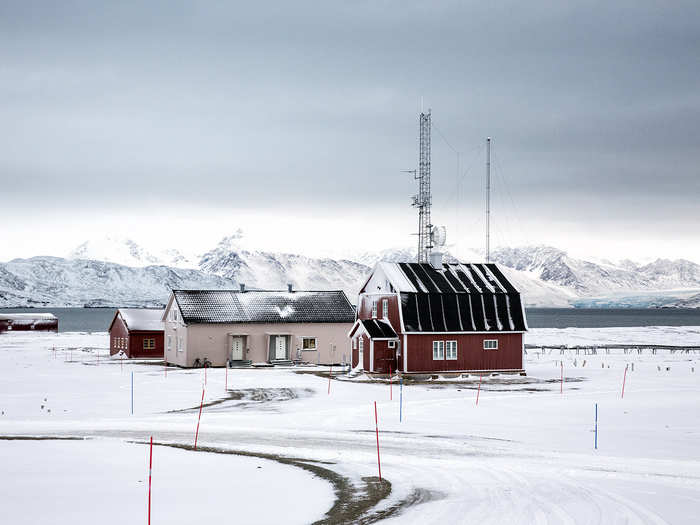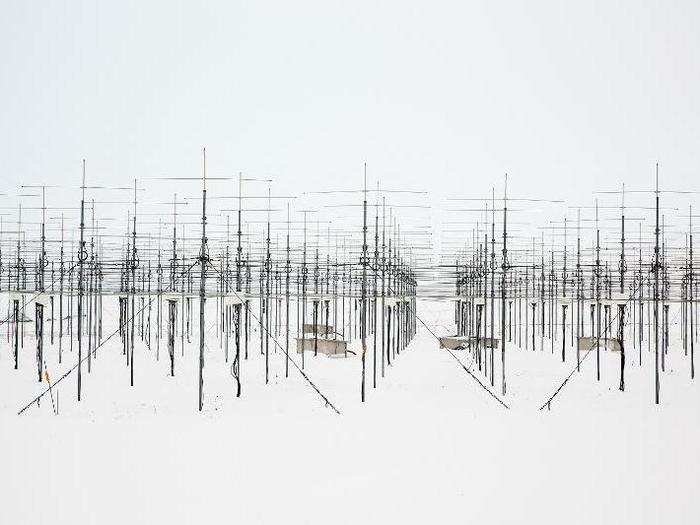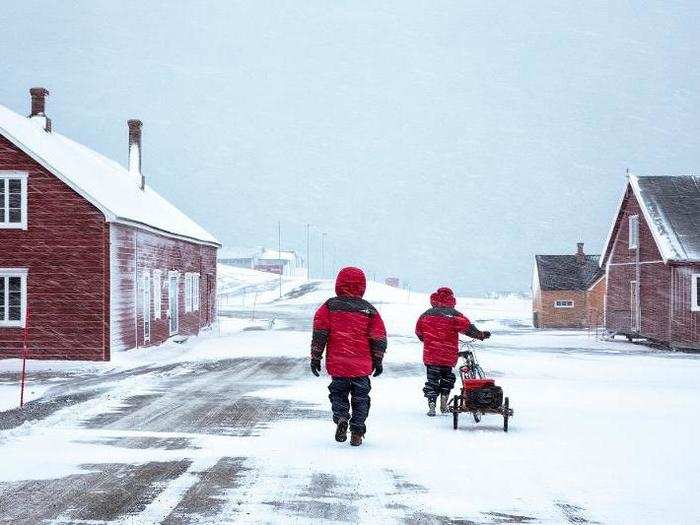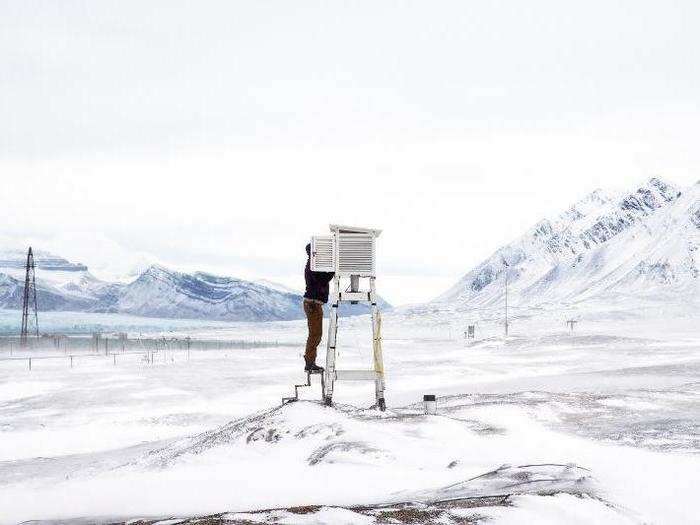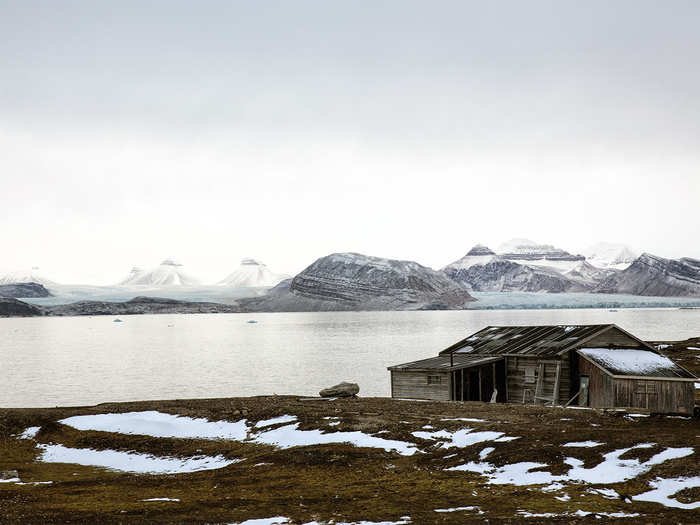This photographer visited a remote arctic research town where the public isn't allowed - here are her stunning photos
“The Arctic is one of the most fascinating places on earth, but also one of the most endangered,” Filipova said. “The Arctic is constantly moving and shifting, melting, reforming, appearing and disappearing.”
Popular Right Now
Popular Keywords
Advertisement

